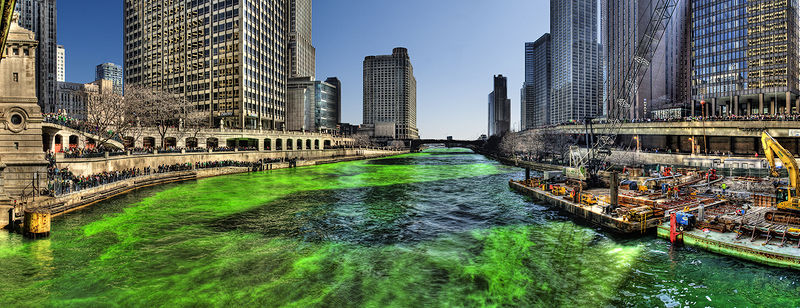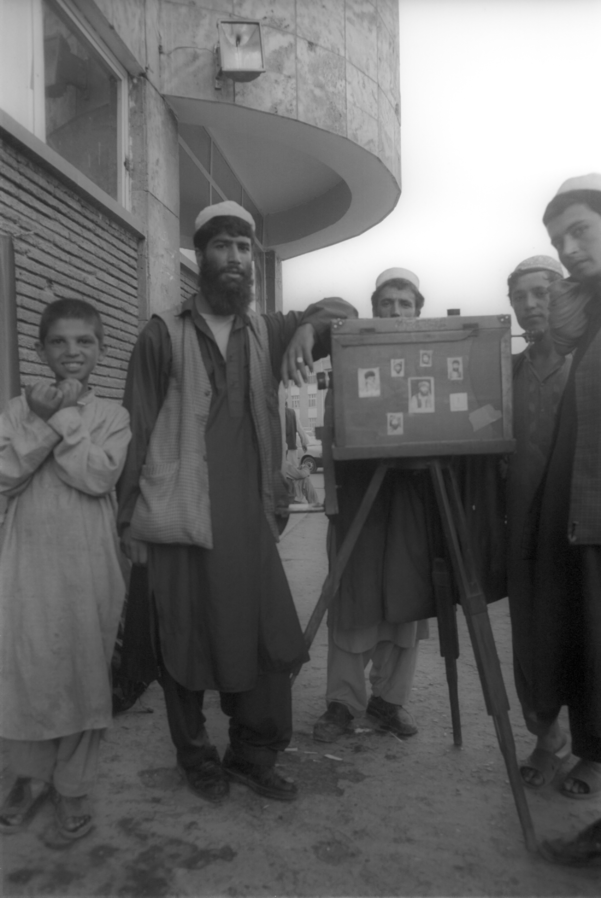Today’s going to be one of those days when I cheat just a little bit and my blog slips ever so much away from photography into the realm of physics. A team of scientists from the Harvard-Smithsonian Center for Astrophysics has announced detection of the very first direct evidence for what is referred to as the cosmic inflation and as a result published the first ever images of gravitational waves. These can be seen on the Center for Astrophysics’ website. They are essentially maps of the sky showing the gravity waves.
Say what! Cosmic inflation? Gravity waves? Cosmic inflation is the massive initial explosion of the Big Bang, when the universe was born and expanded exponentially. And with this cosmic nativity should come waves or ripples in space time. You may remember a short while ago that we spoke about quantum mechanical waves in the context of Schrodinger’s Cat and quantum mechanics. Therein lies the significance of gravity waves. They were predicted by Albert Einstein and they represent a unification, if you will, a missing linking between gravity theory and quantum mechanics. And now after at least forty years of hard looking we have not only found them, but we have seen them.
How can that be? Think about the great 19th century volcano Krakatoa. A sound wave from that blast circled the globe multiple times and was recorded on sensitive barometers. If you think about it, those waves are still circling the globe, except that they have become lost in the background variations in atmospheric pressure.
Similarly, scientists found the gravity waves from the cosmic inflation by examining the cosmic microwave background (CMB). Remember that visible light has wavengths which are fractions of a micron. Microwave wavelengths are ten or more times that. That’s very low energy stuff, but gravitational waves left their signature there, a pattern imprinted on the faint glow leftover from the Big Bang.


![Figure 1 - Postcard produced: [ca. 1905] Summary: Translated caption reads: "French Congo. Passage of Mr. Administrator E. In the foreground, two leaders sitting in reclining chairs, in the background, village people and cabins. Congo Français. Photograph by J. Audema. General. In the public domain in the United States because of age.](http://www.hatiandskoll.com/wp-content/uploads/2014/03/800px-French_Colonial_administrator_Congo_1905.jpg)
